-
Table of Contents
What is a Lead Generation/Sales Funnel?
In today’s competitive business landscape, understanding and implementing an effective lead generation or sales funnel is crucial for sustained growth. The concept of a sales funnel guides potential customers from mere awareness of a product or service, all the way through conversion into a paying customer. This article explores what a lead generation/sales funnel is, why it matters, and how businesses can leverage it for success, supported by examples, case studies, and key statistics.
The Fundamentals of a Sales Funnel
A lead generation/sales funnel is a systematic process used by businesses to nurture prospects through various stages, culminating in a sale. By breaking down the customer journey into distinct stages, companies can develop targeted strategies to move leads closer to a final purchase decision.
Typically, the stages of a sales funnel include:
- Awareness: Potential customers become aware of the product or service.
- Interest: Prospects show interest and begin to inquire or research further.
- Consideration: Leads evaluate the offering by comparing it with other options.
- Action: The moment when the prospect converts, making a purchase or taking another key action.
This structure allows businesses to tailor their marketing efforts and measure success at each stage of the funnel.
Why is a Sales Funnel Important?
The sales funnel is not merely a catchy buzzword; it provides a clear framework for understanding customer behavior and optimizing marketing strategies. Here are some key benefits:
- Improved Targeting: By mapping out the journey, companies can send customized content and offers that resonate with prospects at each specific stage.
- Enhanced ROI: With a clear funnel, businesses can track the performance of each stage, investing only in the most effective tactics and cutting out wasteful spending.
- Efficient Resource Management: Marketing and sales resources are more effectively allocated when both teams understand where a lead is in the funnel.
- Better Customer Insights: Data collected at each stage helps refine customer profiles, allowing for more personalized interactions.
For example, HubSpot, a leading marketing software company, attributes over 60% of its customer acquisition to well-structured sales funnels. Such statistics underscore how effectively designed funnels can drive significant revenue growth.
Components of an Effective Sales Funnel
1. Awareness
The first stage of the funnel is building brand awareness. At this point, potential customers may not know your brand exists. Efforts include content marketing, social media, SEO, and paid advertising. Case studies have shown that companies focusing on top-of-funnel content can see a 50% increase in organic traffic within six months.
2. Interest
Once the prospect is aware of your brand, the next step is to stimulate interest. This is often achieved through educational content like blog posts, webinars, or downloadable guides. Businesses such as Content Marketing Institute have successfully nurtured leads by providing valuable insights that address their audience’s pain points.
3. Consideration
At the consideration stage, prospects compare your offerings with those of competitors. To stand out, companies need to provide detailed product information, comparisons, testimonials, and case studies. For instance, Salesforce frequently uses customer success stories to reassure potential clients of the value their solutions offer.
4. Action
The final stage is the conversion, where the prospect takes the desired action. This could be making a purchase, signing up for a free trial, or requesting a demo. Key elements to optimize this stage include clear calls-to-action (CTAs), user-friendly landing pages, and streamlined checkout processes. Research by the Baymard Institute indicates that even small improvements in checkout design can reduce cart abandonment by up to 30%.
Real-World Examples and Case Studies
Several companies have successfully implemented sales funnels to drive growth:
- Dropbox: The cloud storage giant used a referral-based model to enhance leads by integrating a simple, two-step process: sign up for free and refer friends for additional storage. This strategy propelled their user base from 100,000 to 4 million in just 15 months.
- Neil Patel: Digital marketing expert Neil Patel uses content marketing and advanced analytics to optimize every stage of his sales funnel, reportedly achieving conversion rates that are twice the industry average.
- Amazon: Amazon’s recommendation algorithms and personalized offers ensure that prospects move seamlessly from browsing to buying, demonstrating the power of tailored funnel strategies.
Optimizing Your Sales Funnel
To continually enhance the performance of your sales funnel, consider the following best practices:
- Analyze and Refine: Use analytics tools to track conversion rates at each stage and identify areas for improvement.
- Test Different Strategies: A/B testing on landing pages, CTAs, and sales emails can reveal insights into what resonates best with your audience.
- Focus on Customer Experience: Ensure that communication is consistent and quality is maintained, as a positive customer experience can expedite the decision-making process.
- Leverage Automation: Marketing automation tools can help nurture leads through personalized email sequences and timely follow-ups, reducing manual workload.
Conclusion
The lead generation/sales funnel is an indispensable tool for businesses looking to convert potential customers into loyal clients. By understanding and optimizing each stage—from Awareness through Interest, Consideration, and finally Action—companies can create targeted strategies











